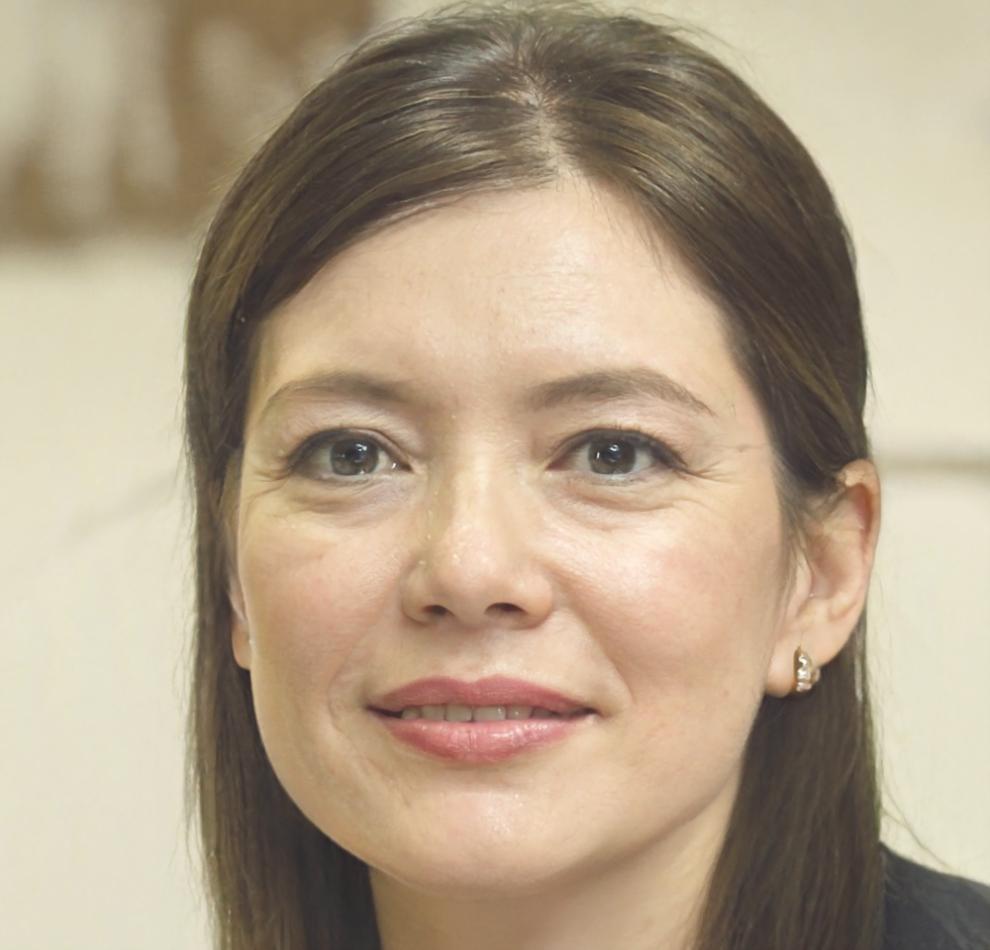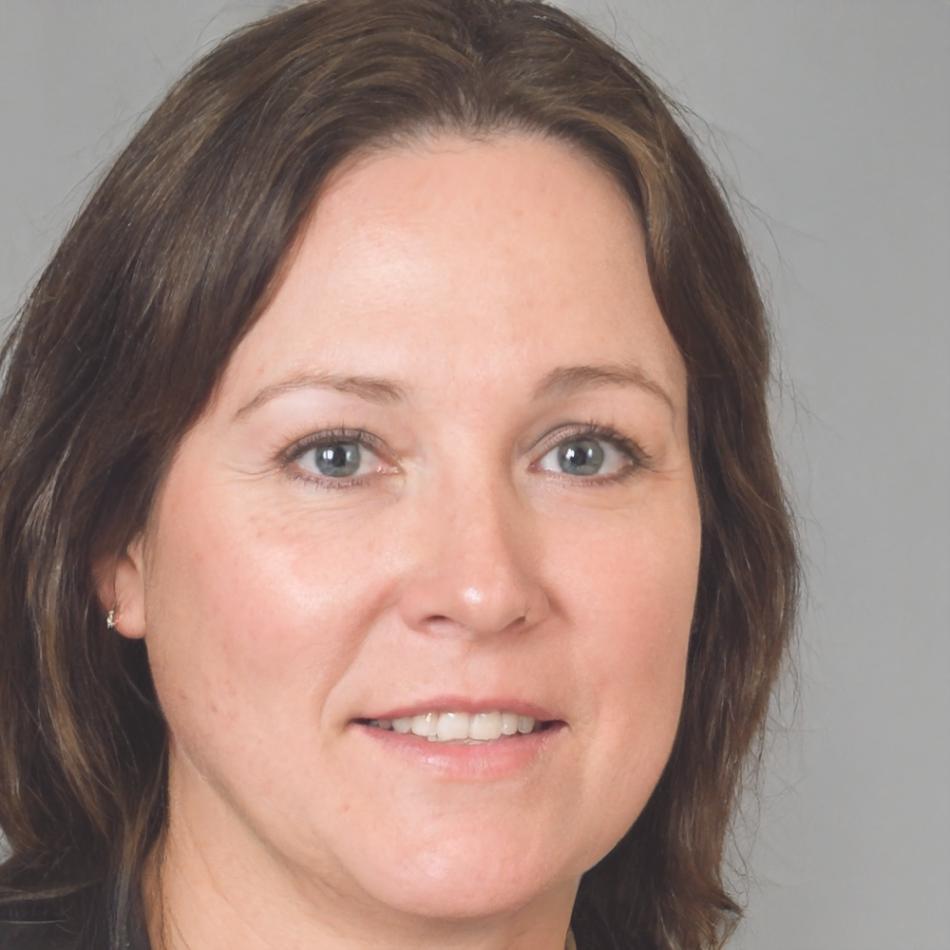Budget Reporting Skills That Actually Work
Most financial training throws theory at you and hopes something sticks. We built something different—a structured path that takes you from spreadsheet anxiety to confident budget analysis in about seven months.
How The Program Actually Works
We've trained over 180 professionals across Taiwan's finance sector since 2022. And honestly? The ones who succeed aren't necessarily the ones with accounting degrees. They're the ones who show up consistently and work through real scenarios instead of just memorizing formulas.

Foundation Phase (Weeks 1-8)
You'll start with actual budget templates from real companies. No theoretical nonsense—just the reports that finance teams use every day. We cover variance analysis, basic forecasting, and how to spot the numbers that actually matter. Most people finish this feeling like they can finally read a P&L without panic.
Applied Analysis (Weeks 9-18)
This is where it gets interesting. You'll work through case studies based on real budget challenges—departments overspending, revenue shortfalls, that sort of thing. We teach you how to build reports that executives actually read and how to present numbers without putting everyone to sleep.
Independent Projects (Weeks 19-28)
By now you're building complete budget reports from scratch. You'll analyze a full fiscal year, create forecasting models, and present findings like you're reporting to a CFO. Because that's probably what you'll be doing in a few months. The final project goes in your portfolio—something concrete to show employers.
What You'll Actually Learn
These aren't just topics we cover. They're the skills that come up in every finance role we've helped people land over the past three years.
Variance Reporting
Build reports that show exactly where budgets diverge from actuals. You'll learn to highlight what matters and explain the why behind the numbers.
Forecasting Models
Create projections that people can trust. We focus on realistic modeling techniques that hold up under scrutiny—not optimistic guesses.
Dashboard Design
Learn to present complex budget data in formats that non-finance people understand. Clear visuals beat dense spreadsheets every time.
Trend Analysis
Spot patterns in spending and revenue before they become problems. You'll practice identifying the signals that matter versus normal noise.
Executive Summaries
Write budget reports that get read. We teach you to communicate financial insights in plain language that drives decisions.
Tool Proficiency
Master Excel and common reporting software through actual use. You'll build efficiency with tools you'll use daily in finance roles.

Henrik Svensson
Budget Analysis Lead
Liora Weiss
Reporting SpecialistYou'll Work With Real Finance Professionals
Our instructors spent years building budget systems for companies across Taiwan. Henrik ran financial planning for a tech company with 400 employees. Liora built the reporting framework for three manufacturing firms. They know what works because they've done it—not just taught it.
Real Projects From Recent Graduates
Here's what people actually build during the program. These aren't theoretical exercises—they're portfolio pieces that helped land finance positions.
Manufacturing Budget Overhaul
The Challenge
A participant named Callista worked with historical data from a mid-sized manufacturer. Their production costs were climbing but no one could pinpoint why. Standard reports weren't showing the story.
What She Built
She created a multi-level variance analysis that broke costs down by product line, then by material type. The reporting system she designed revealed that two specific components had seen price increases that weren't flagged in existing reports.
Outcomes Worth Noting
- Developed forecasting model showing 18-month cost trajectory
- Built dashboard updating automatically from procurement data
- Created executive summary reducing reporting time by 60%
- Identified budget areas requiring immediate attention
Assessment Method
We evaluate through practical work, not tests. You'll submit reports every two weeks showing your analysis process. Feedback focuses on clarity, accuracy, and whether your insights would actually help someone make decisions.
Student Success Example
Marieke completed the program in October 2024. She now works as a budget analyst at a logistics company in Taipei. Her final project—a complete departmental budget review—became the template her company now uses quarterly.
Program Schedule
Next cohort begins September 2025. Sessions run Tuesday and Thursday evenings (7-9 PM Taiwan time) plus independent project work. Plan for about 12 hours weekly—8 hours of structured learning and 4 hours practicing.

Graduate Perspective
"The program doesn't sugarcoat things. You'll struggle with some concepts at first. But by week 20, I was building reports faster than analysts who'd been doing it for years." — Siobhan Byrne, completed February 2025